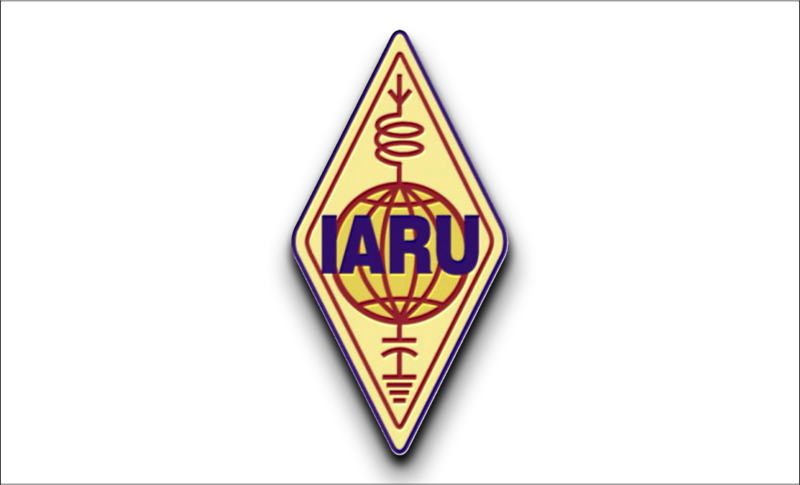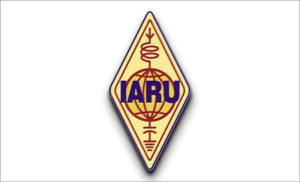

På sändlistan för IARU Regions 1:s HF-managers har frågan om obemannade fyrar under 14 MHz tagits upp. IARU genom DF5JL önskar att medlemsorganisationerna påminns om följande:
”Beacons on Bands Below 14 MHz
The amateur beacon service has for many years provided a valuable role in offering amateurs and short wave listeners indicators of the availability of particular paths and a base for propagation studies. In recognition of this certain frequencies are reserved for beacons in the IARU band plan for the bands between 14 and 28 MHz.
No such allocations are made for bands below 14 MHz, with the exception of 7 MHz in sub-equatorial Africa, where special circumstances apply. However, the general view of national societies in IARU Region 1 is that beacons in continuous unattended operation on bands between 1,8 and 10 MHz are unnecessary and, even where they run low power, they can be a cause of harmful interference to normal operating and of annoyance to operators on these bands.
In recent years a number of beacons have started operation on these bands. They have no clearly defined purpose and are not part of any coordinated programme of development. The bands concerned are fully occupied and their propagation characteristics are already very well established and fairly predictable.
This matter was discussed at the 2005 conference of IARU (Region 1), which adopted a motion from the Danish national society, EDR, that beacon operation on 7 and 10 MHz was ‘discouraged’. This is now the official policy of IARU Region 1. Member societies are requested to use their best efforts to ensure it prevails. Individuals are strongly urged to refrain from reporting the signals of unauthorised beacons or spotting them on the web cluster.
The exception to this general rule is for beacons used in connection with a propagation research project endorsed by the relevant national society and the HF beacon coordinator and subject to review by the subsequent triennial regional conference. Normally any such project would be for a limited period.
The conference agreed an exception to the general rule, in the case of DK0WCY’s transmissions on 3,5 and 10 MHz. There is a possibility of extending the DK0WCY service by time-sharing its frequencies to provide (say) near-real-time MUF data from other locations. Anyone wishing to explore the possibility of such a development should contact the DARC HF manager (and DK0WCY team leader), Ulrich DK4VW.
While the decision of the conference did not specifically refer to 1.8 and 3.5 MHz, my personal understanding is that beacon operation should also be discouraged on those bands. An earlier Region 1 resolution stated that long- running beacons should not be established on 137 kHz.
If you are interested in designing or operating beacons, there are other possibilities on other bands. In particular:
(1) The construction of beacons for countries which are not currently covered and where local operators are not in a position to build a beacon.
(2) Beacons that share a frequency (similar to the existing IBP/NCDXF network), thus economising spectrum.
(3) Designing and constructing more technically advanced beacons to replace an earlier generation of beacons. We should always recognize that there are already many beacons and our frequencies are limited. Accordingly, we have always to ask ourselves, before beginning a new project, what is its purpose and what will it add to our hobby.
It is recommended that HF Beacons may be established on the 1,8, 3,5 and 7 MHz band in the regions of Africa south of the Equator. (REC/99/LH/C4.1 – Lillehammer 1999)
Contact the Region 1 HF Beacon Coordinator on e-mail
Det har i alla fall tidigare funnits en svensk fyr på 80m, vet inte om den ännu är QRV.
